GALGUS CONNECT
Wi-Fi convergence with 5G/4G to provide maximum coverage to the most challenging environments
Galgus Connect makes it possible for Wi-Fi and 5G/4G networks to work together in a way that offers a seamless and uninterrupted experience, even in complex scenarios.
Our access points transform into 5G/4G cells, so that coverage and quality of service are not lost, while reducing costs and generating additional income.
What benefits does Galgus Connect bring you?
Our Galgus Connect solution represents a significant step forward in providing a high-level user experience in crowded areas or with poor mobile coverage, as well as other valuable benefits for operators.

Network access and fluid communications in complex scenarios
It enables users to enjoy a fast, robust and uninterrupted connection, even in areas where coverage is poor or where there is saturation in the mobile network.

Reducing infrastructure costs
Galgus Connect turns Wi-Fi access points into 5G/4G cells. This enables communications companies to achieve significant savings in the deployment of antennas and equipment.
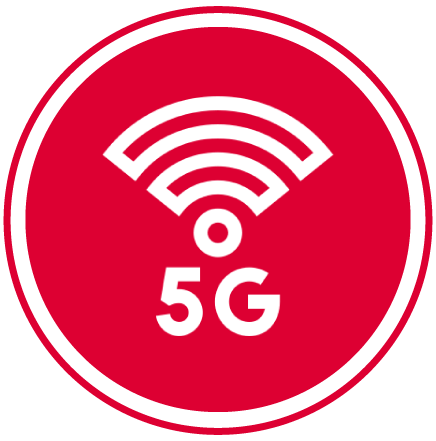
Accelerate the adoption of 5G services
The increased performance provided by Galgus Connect generates confidence that translates into a greater commitment to 5G and all associated services, thus being able to generate additional income.
How do we achieve it?
Advanced connectivity
Devices can connect to the Internet either via Wi-Fi or mobile data, depending on the user’s needs and network availability.
Thus, the joint and coordinated action of Wi-Fi and 5G networks results in a superior browsing and communication experience that meets the needs and expectations of all users.
A key factor, especially in environments with poor coverage or a high density of simultaneous requests.
This way, their satisfaction and commitment rates skyrocket.

Automatic connection to the network
Galgus Connect enables a seamless transition between Wi-Fi and 5G/4G networks. A switch that is made without user intervention and without interruption in service.
Devices seamlessly connect to the extended Wi-Fi network and the system automatically switches between Wi-Fi and phone based on signal strength.
With seamless authentication over the phone network, users do not have to enter Wi-Fi credentials.
In fact, this is a technology that has Wi-Fi Passpoint certification from the Wi-Fi Alliance, which prevents the user from having to log in every time they want to connect to the network.

Advanced security
We leverage 4G/5G core network security mechanisms (such as SIM card authentication or certificates) to provide a stronger authentication process compared to traditional Wi-Fi password-based methods (although WPA2/WPA3 encryption already provides good security).
The company retains its private APN (Access Point Name) for secure and controlled access to phone data within the extended network.
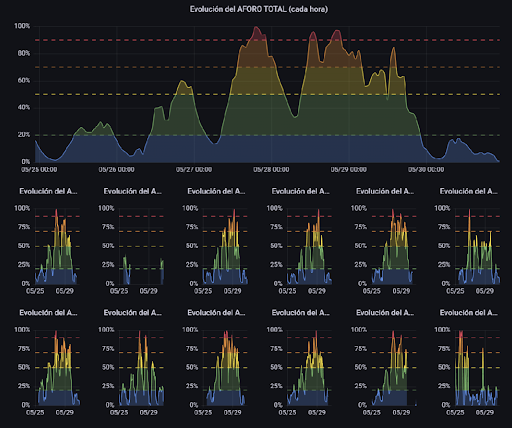
How does our technology work?
Galgus Connect enables interaction between 5G/4G mobile networks and Wi-Fi so that, depending on the performance of each of them in a given location, the device will connect to the one that offers a better user experience. All this through a seamless transition and without the need to enter any access credentials.
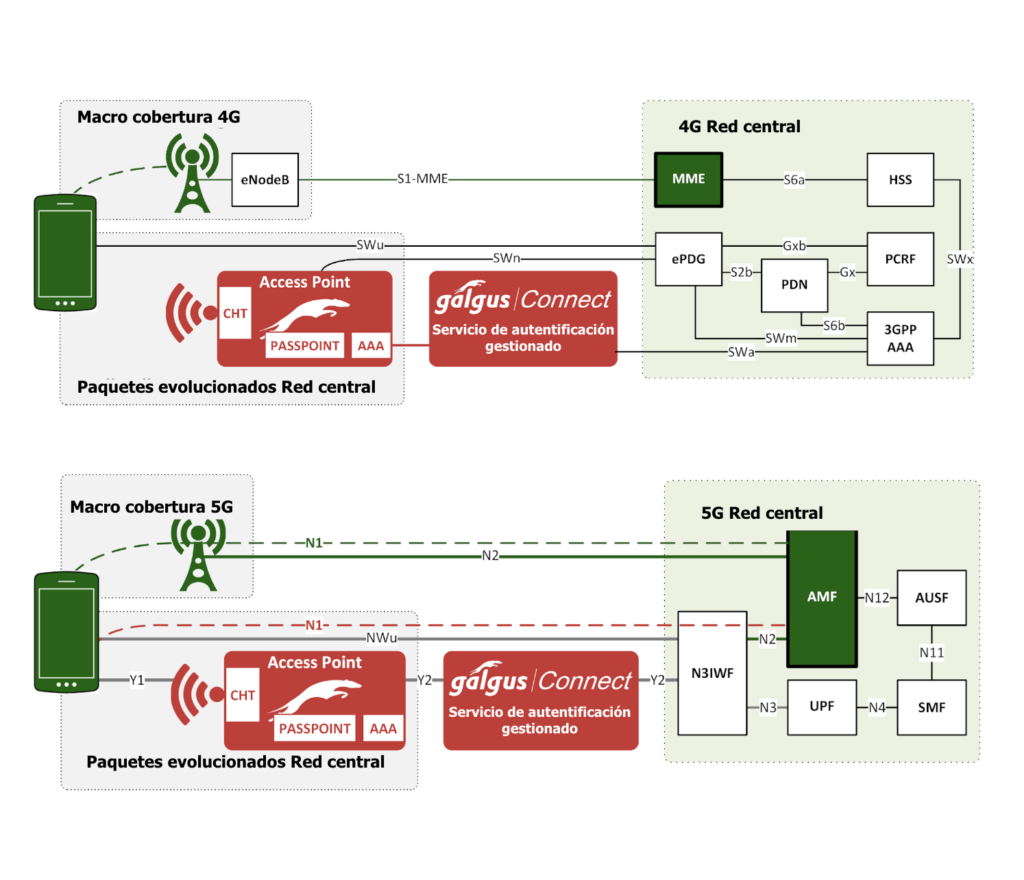
Our technology optimizes the user experience by selecting the best available network based on speed, cost and latency.
It does this by automatically choosing the fastest and most stable connection (Steering).
It also allows dynamic switching between networks to ensure a continuous and high-quality connection (Switching).
It also distributes data traffic between 5G/4G and Wi-Fi networks according to predefined policies (Splitting).
Multi-frequency and multi-channel operation allows devices to simultaneously transmit data across multiple bands, improving transfer speed, reducing interference, and providing a more stable connection.
With support for all Wi-Fi bands, MLO provides great versatility and optimal performance by choosing the best available band.
Dynamic channel selection prevents congestion, ensuring a smooth, uninterrupted experience.
Additionally, MLO increases throughput and reduces latency, improving reliability and performance. It is especially suited for congested and low-latency environments.
Types of Data
Wi-Fi Presence & Location Analytics offers us high-value data in various formats for a better interpretation of everything that happens in the areas of interest. Here are the most relevant ones.
Heat maps
Galgus’ Wi-Fi technology allows for the generation of heat maps that visually show the points and areas with the highest concentration of people.
Both in real time and historically and with different time granularity (minutes, hours, days, etc.).
Additionally, these representations can also be achieved through data obtained via webhooks and integration with third-party solutions.
In doing so, it is easier to visually identify the most and least crowded areas within different time intervals.
With this information, managers can take appropriate measures to avoid this saturation or to offer services based on the data analyzed.
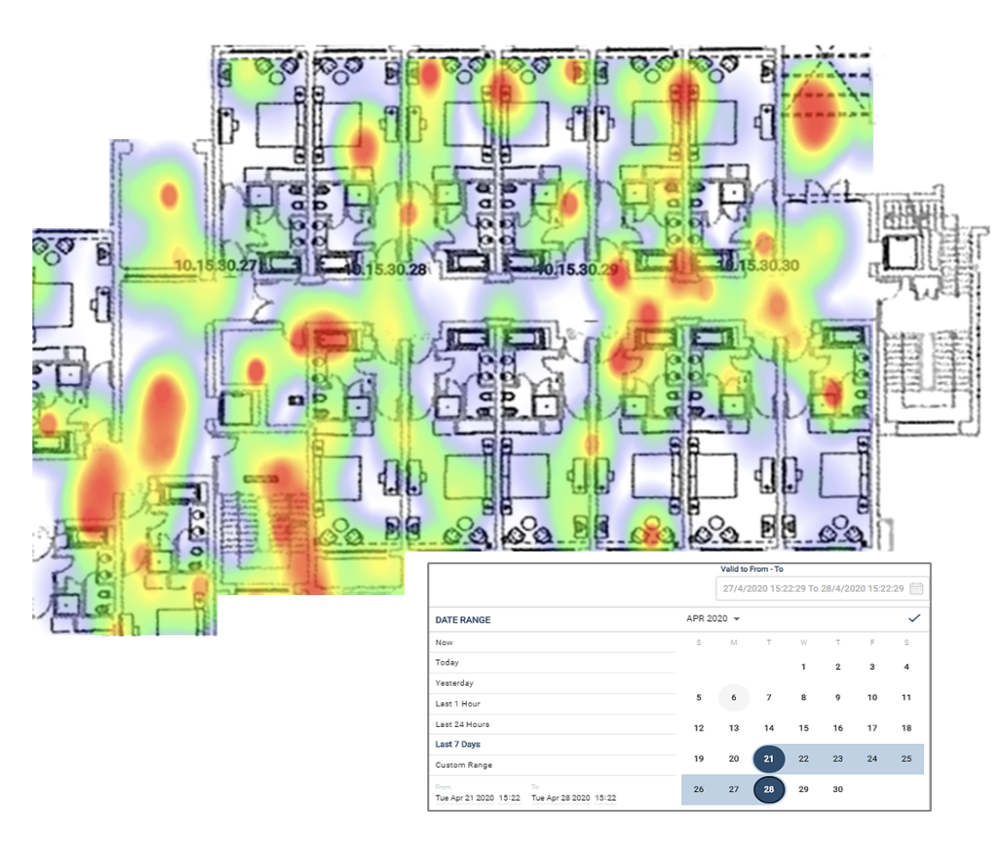
User segmentation
We can classify users based on several factors, such as the time they spend in a specific area, the frequency with which they visit the place and the routines they usually follow.
This classification makes it easier for us to make more appropriate and personalized decisions for each group of users, allowing us to adapt services, products or communications more efficiently.
By better understanding the characteristics and needs of each segment, we can optimize resources and improve the experience, ensuring that they feel valued and cared for according to their particularities.
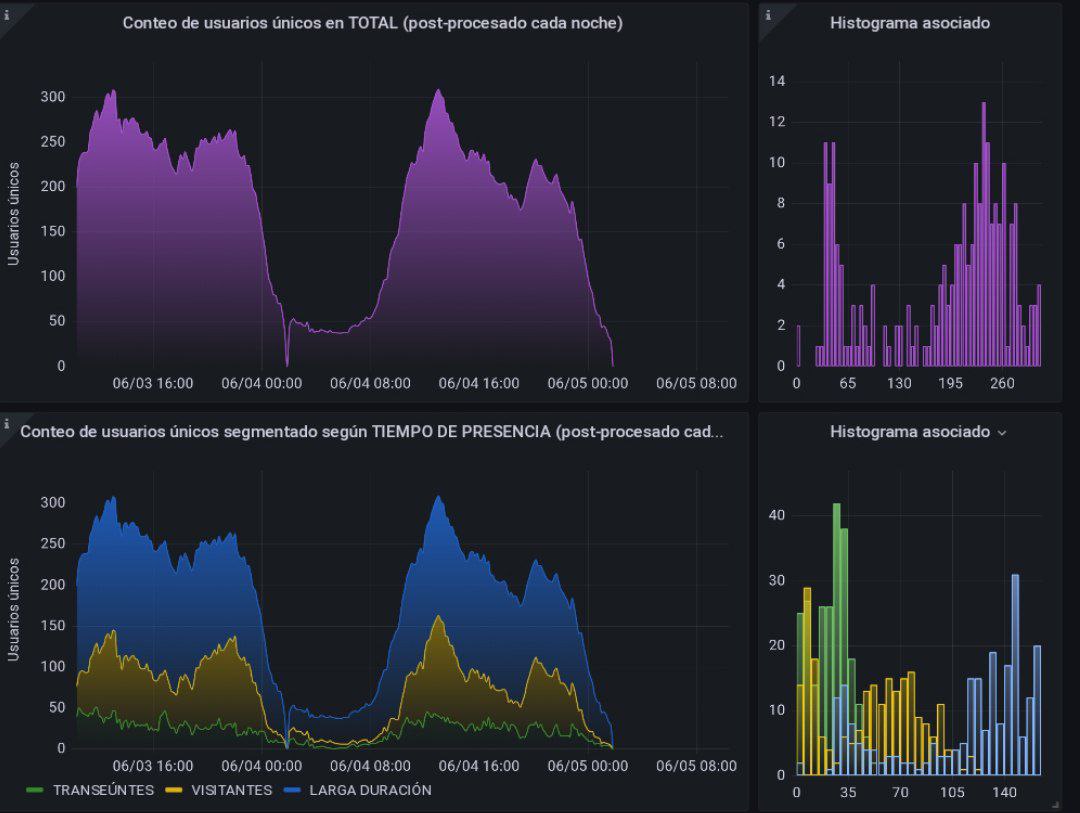
Real-time and historical statistics and data
Get real-time data on users and their behavior.
Total and detailed counts of unique users with different zones and time windows.
Know the repeat visit rates and average dwell times.
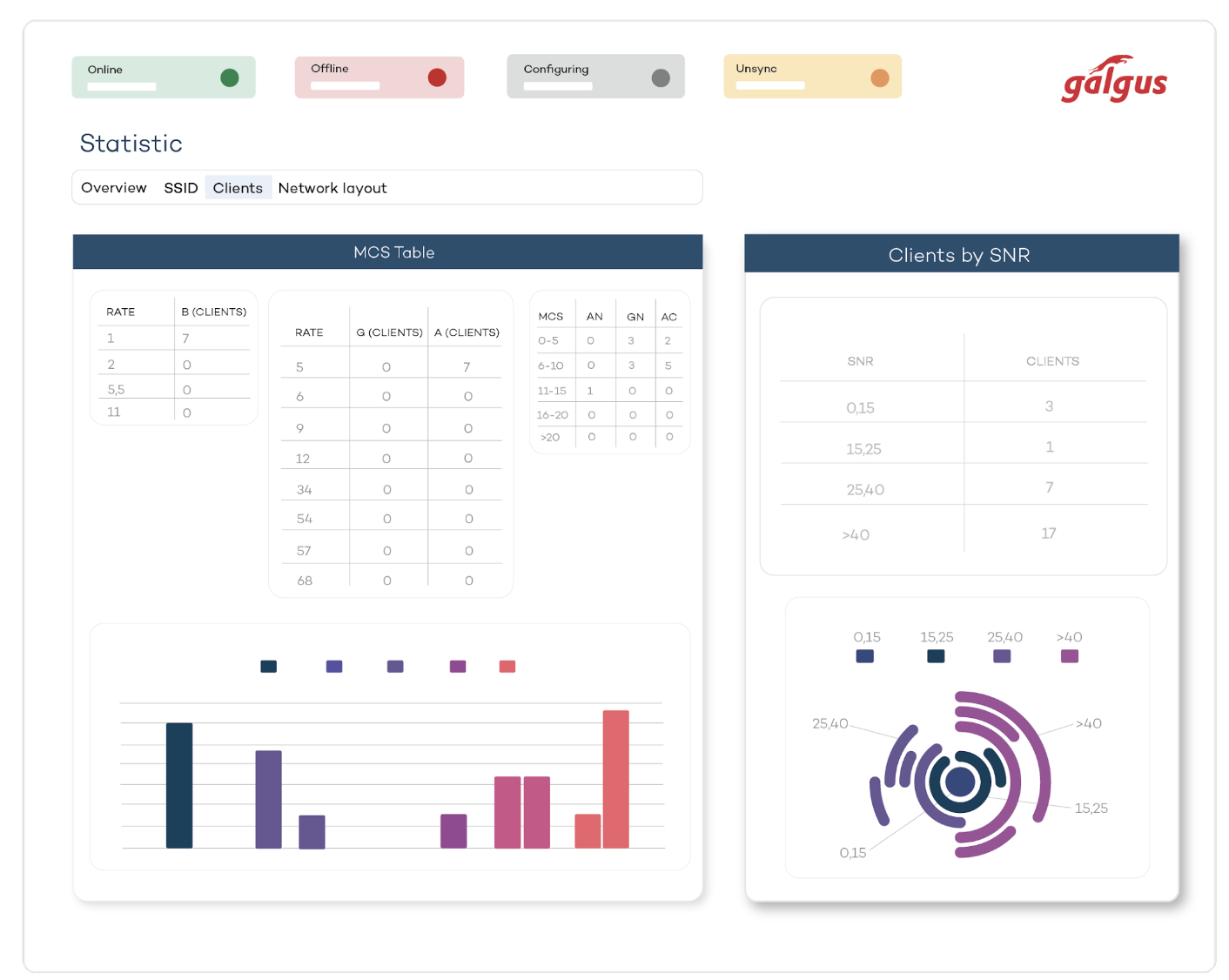
Does not require any user intervention
For Galgus’ Wi-Fi Presence & Location Analytics to work, it doesn’t need to ask users for permissions, install invasive apps, activate their GPS or Bluetooth, or even use the device.
They don’t even need to have the Wi-Fi button on.
All of this with the maximum legal backing, fully complying with current data protection laws.

SkyPass, where Galgus Connect joins forces with Location Analytics for the best airport experience
Galgus SkyPass combines the benefits of Galgus Connect with our location and presence analytics so that airports can enjoy the most accurate data and optimize their services based on it.
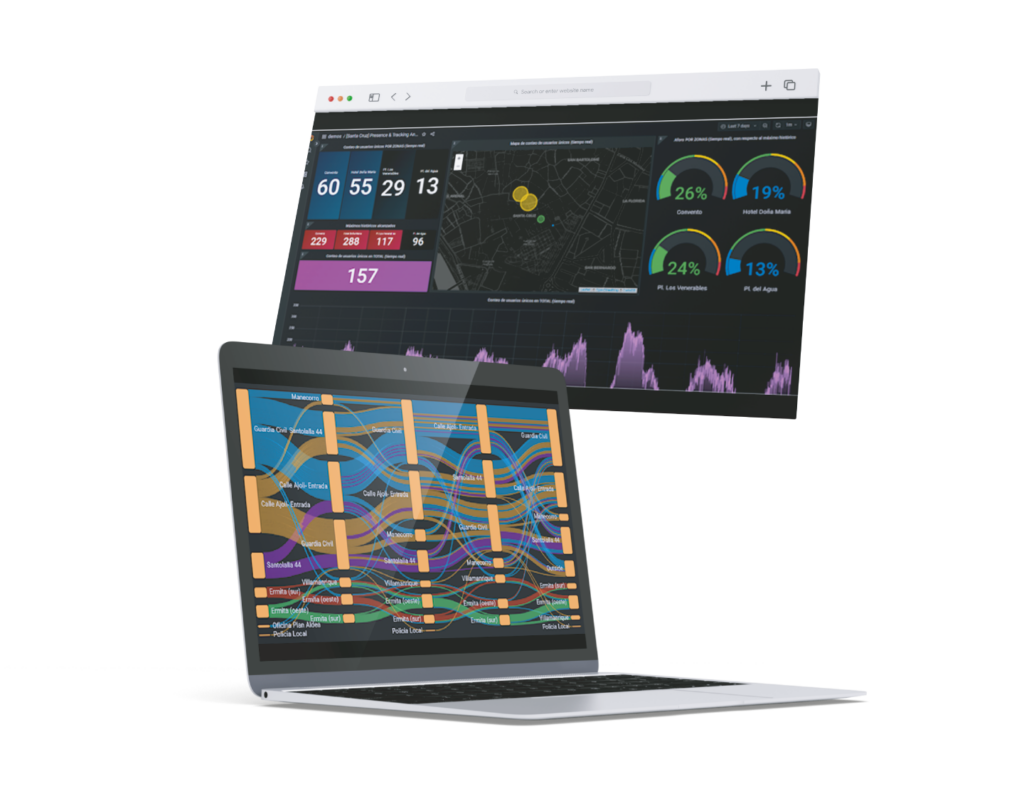
Main sectors benefiting from our technology
Despite Galgus’ Location & Presence Analytics being fully transversal, we can identify a number of verticals for which our technology is a key piece.

Stadiums and Events
Venues where large masses of people are gathered, requiring detailed monitoring of them.

Smart Cities
We offer the most accurate solution on the market to understand the real behavior of residents and visitors.

Turism
Make sure your visitors have the best possible experience, wish to come back and recommend you to their friends.

Security
Improves emergency and security management, as well as the surveillance of sensitive areas, allowing authorities to be alerted.

Health
We optimize the management of healthcare resources, facilitating the work of professionals and the patient experience.
Our
Hardware
Here is the equipment that will make it possible for you to enjoy our analytics and presence solution.

Indoor access points
For high-density environments such as hotels, offices, restaurants, schools and any indoor setting.
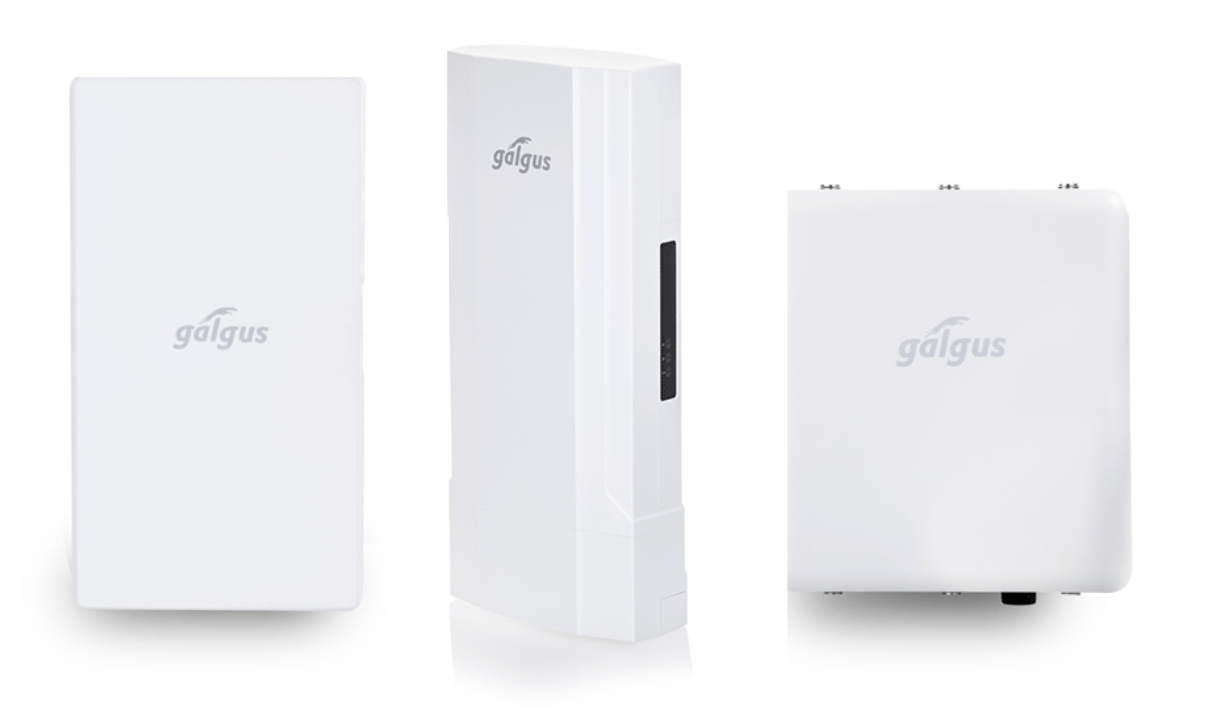
Indoor access points
For large outdoor spaces, regardless of weather factors and other environmental conditions.
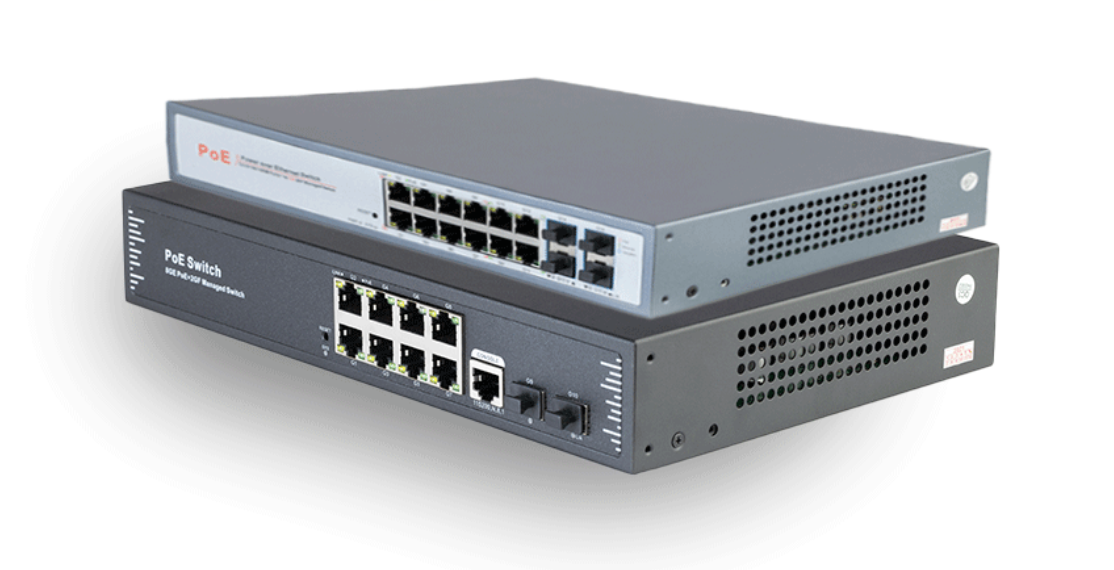
Switches
Wide range of Switches with a variety of 8 to 24 ports, providing both data and PoE power.

Routers
Routers (all-in-one) capable of acting as a 2×2, 4×4 access point, and as routers with 4G/5G cards.
FAQ
CONNECTIVITY, SECURITY, INNOVATION
1 AP (per area of interest) is sufficient for most Presence Analytics analytics. For example, for real-time counting by zone and distance, capacity control, correlation between different zones, typical visitor journey). For almost all of them, accuracy is improved when you have more than 1 AP.
However, for Location Analytics analytics, it is recommended to have 3 or more APs per zone. For example, to determine real-time location, device density heatmap, etc.
No, it is completely passive. It does not affect the Wi-Fi network (either Galgus or any other nearby network).
Yes, we call this a “ghost” analytics network. A passive network that users cannot connect to (they don’t show SSIDs).
Galgus APs listen to what’s going on around them and build analytics with that data, both from devices not connected to anything
and from those connected to the other manufacturer’s network (which it will treat as non-connected devices, as they are not connected to Galgus’s network).
At first no, since we need to make low-level changes in the AP software to avoid being fooled by random MACs.
In these cases, it is recommended to set up a parallel network exclusively for analytics, or (this is ideal) replace your obsolete network with a Galgus one (WiFi + localization with the same APs).
However, if there is a particularly interesting opportunity, Galgus could value the effort of integrating with these external APs.
No. Any updated Galgus AP is able to detect any Wi-Fi device nearby (no matter how old the device is).
Most of the information is accessed either via our cloud platforms (Cloud Manager + Location & Presence Analytics) or via API.
Some data can also be accessed via the command line (CHT_CLI), although the latter is more intended for internal testing, troubleshooting and prototyping.
What's Next?
Ensure the best connectivity
Get the most out of your Wi-Fi and 5G infrastructure. Feel free to share your case study with us. Talk to our experts!





